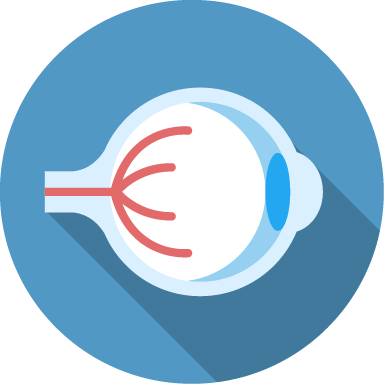- Home
-
Screening
- Ionic Screening Service
-
Ionic Screening Panel
- Ligand Gated Ion Channels
- Glycine Receptors
- 5-HT Receptors3
- Nicotinic Acetylcholine Receptors
- Ionotropic Glutamate-gated Receptors
- GABAa Receptors
- Cystic Fibrosis Transmembrane Conductance Regulators (CFTR)
- ATP gated P2X Channels
- Voltage-Gated Ion Channels
- Calcium Channels
- Chloride Channels
- Potassium Channels
- Sodium Channels
- ASICs
- TRP Channels
- Other Ion Channels
- Stable Cell Lines
- Cardiology
- Neurology
- Ophthalmology
-
Platform
-
Experiment Systems
- Xenopus Oocyte Screening Model
- Acute Isolated Cardiomyocytes
- Acute Dissociated Neurons
- Primary Cultured Neurons
- Cultured Neuronal Cell Lines
- iPSC-derived Cardiomyocytes/Neurons
- Acute/Cultured Organotypic Brain Slices
- Oxygen Glucose Deprivation Model
- 3D Cell Culture
- iPSC-derived Neurons
- Isolation and culture of neural stem/progenitor cells
- Animal Models
- Techinques
- Resource
- Equipment
-
Experiment Systems
- Order
- Careers
Visual Electrophysiology
While visual fields, OCT and other diagnostic tests can supply important data regarding visual health and performance, they may be insufficient in identifying the functional changes consistent with early disease states. Visual electrophysiology is a collection of advanced techniques used to test the functioning of cells along the full visual pathway – from the retina to the optic nerve to the primary visual cortex in the brain. Visual electrophysiology measures and records electrical signals that occur in these areas in response to visual stimuli. These tests are used to help study a variety of visual disorders.
Visual electrophysiology testing can aid in the diagnosis:
- Unexplained vision loss.
- Unusual complaints regarding visual symptomatology.
- Visual field loss inconsistent with clinical appearance.
- Potential for developing glaucoma or inheritable diseases.
- Marginal or borderline results with other tests.
Visual electrophysiology Testing Services (for research use only)
Creative Bioarray's visual electrophysiology and psychophysics service offers a full complement of testing, including electroretinography (ERG), electrooculography (EOG), visual evoked potentials (VEP), spatial resolution, and color vision and chromatic sensitivity tests. These tests can accurately record the bioelectric changes of neurons at all levels of the visual system from the peripheral retina to the central visual cortex.

ERG Test
ERG is a chronic potential change across the retina that is generated after the retina is stimulated by reflected light. It represents the comprehensive electrical activity of all layers of the retina from photoreceptor cells to amacrine cells.

EOG Test
The origin of EOG is the area between the choroid and the retina. The retinal pigment epithelium is the most important structure for potential generation, and the neuroepithelium also plays a certain role.

VEP Test
VEP belongs to the potential of cortical evoked potentials. It is a cluster of electrical signals generated by the cerebral cortex in response to visual stimuli.
Visual electrophysiology tests are currently the only objective way to measure visual pathway function. It is a non-invasive way for conducting in vivo assays.
Applications
- The technology can be useful in helping differentiate visual pathway disease in children and special needs patients who either cannot be examined with traditional testing or who are uncooperative for procedures such as visual field testing.
- ERG and VEP tests can supplement existing testing measures for earlier, more accurate diagnosis.
- Guide clinical treatment and give prognosis judgments.
Related Section
- Home
- Screening
- Cardiology
- Neurology
- Platform
- Order
- Careers
- Cookie Policy
- PriPrivacy Policyvacy Policy
Inquiry

